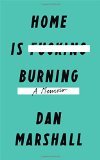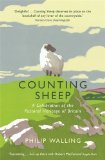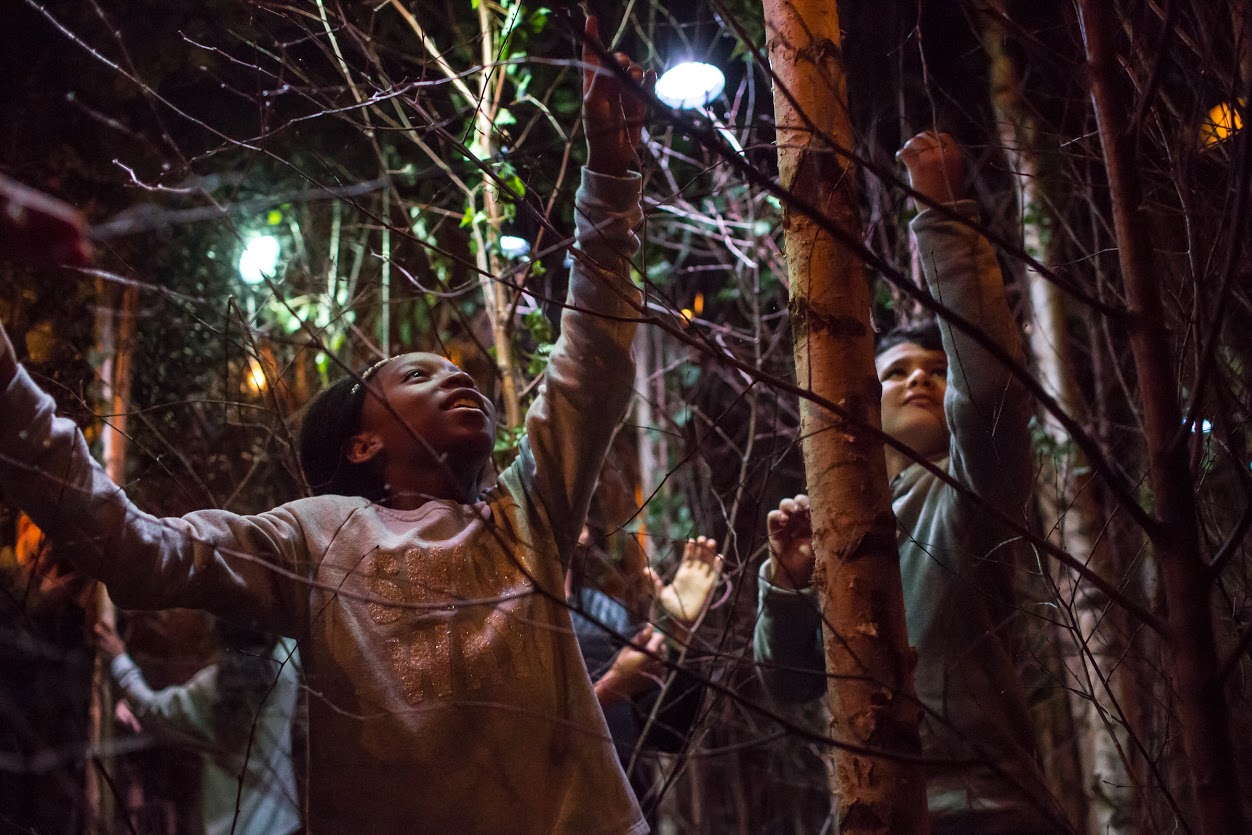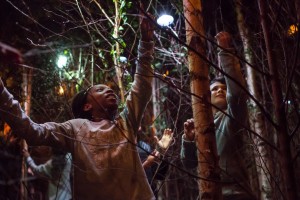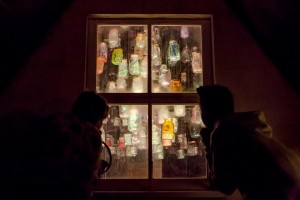I’ve had a stressful few months, but things are beginning to fall into place and I’m starting to read again. We’ve found a beautiful old house in Worcestershire and now have to wait patiently until we find a buyer for our current property – when I’m sure everything will become manic again!
I’ve not had enough reviews to do a monthly summary for a while, so this collection goes back a few months. Hopefully it will remind you how amazing Home is Burning by Dan Marshall is. It hasn’t received the attention it deserves, but if you like powerful, emotional books that aren’t afraid to be brutally honest then you need to get hold of a copy!
Home is Burning by Dan Marshall 
Death and Mr Pickwick by Stephen Jarvis 
Counting Sheep by Philip Walling 
News From Nowhere by William Morris 
Neurotribes by Steve Silberman 
The Getting of Wisdom by Henry (Ethel) Handel Richardson 
The Little White Horse by Elizabeth Goudge 
The Mountain Shadow by Gregory David Roberts ![]()
Plans for March
I’m not going to make ambitious plans, but I hope to catch up with my reviewing by giving brief thoughts on these books:
Everything is Teeth by Evie Wyld
When the Floods Came by Clare Morrall
I then hope to read most of these, some of which I’ve already started:
The Forgetting Time by Sharon Guskin
Stork Mountain by Miroslav Penkov
War of the Worlds by HG Wells
(because the 150th anniversary of his birth is coming up and I really should read it before I leave Surrey)
The Best Thing That Can Happen To A Croissant by Pablo Tusset
I hope that you’ve had a lovely February!
